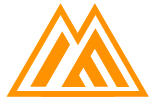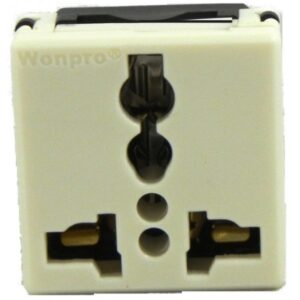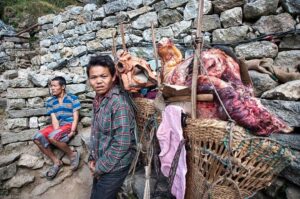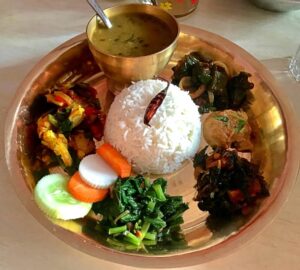Most trek packages in Nepal look very similar on the surface. What’s included/excluded and even the itineraries themselves can all seem identical. So why are some companies more expensive than others?
A trek package usually consists of the following basic components – airport transfers, hotels in Kathmandu before and after the trek, all permits and park fees, guide, porter, teahouse accommodation, all food and hot drinks on the trek and your flights to/from the trekking region. (i.e. Lukla flights for Everest region).
Here are a few reasons why some companies prices can be less expensive –
1.) They pay their guides less. The minimum wage in Nepal is 577 rupees per day ($5USD). While no guide would likely work for that low of a rate it is not uncommon to see wages around 1200-1500 rupees per day. We feel that this is not a liveable wage in Nepal and we try to pay our guides and porters the MOST of any trekking company. The starting wage for our guides is 3000 rupees per day (+tips). We pay our guides at the very top end and we expect them to be the best in the business.
2.) Meal are limited or not included. Some companies will require that every guest orders a group meal. Teahouses will often make large batches of certain foods and offer it at a discounted rate. We allow our guests to order any meal on the menu as well as hot drinks (tea, coffee etc) – this is all included in the package. Surprisingly some of the larger companies don’t include any meals at all! This his how they make their prices look competitive. For example we charge about the same rate as G Adventures for a 15 day Everest Basecamp Trek but G Adventures doesn’t include any food or beverages. This costs about $30/day on average, so over $400 for a 15 day Everest Basecamp Trek. When you add that back in they are more expensive than a lot of companies. Not only that but you’ll have to carry a stack of rupees along the route and settle a bill each morning before you start trekking again.
3.) They use budget hotels in Kathmandu. Most trek packages will include 1 or 2 nights in a hotel in Kathmandu before the trek and another one when you return from your trek. You can find budget hotels in Kathmandu for as low as $15/night and very nice hotels for $150+ per night. Our normal trek packages include Deluxe category rooms at some of the nicest hotels in Kathmandu that average $120/night. However, if you’re on a tighter budget we can use some of the more basic hotels to lower the cost.
4.) They operate in large groups. Some of the largest companies only offer group treks and some will have as many as 15 people in a group. This divides the guide and porter fees by more people which lowers the cost. As much fun as it may sound to trek in a large group you can still have a very social experience in a small group or private trek. You will see all the same people along the route each day and in the teahouses and you can be as social as you want to be. You also have more flexibility to do side trips and to take breaks along the trek. When you are in a group of 15 you will have to stick to the specific itinerary and take breaks according to a strict schedule. Also group treks are scheduled on specific dates well in advance so you will have to arrange your flights on those dates. With a private trek you can pick any date you’d like to arrive in Nepal and search for a good flight deal.
5.) The most concerning way that a company will cut costs is to not used licensed guides or to not insure them properly. This happens frequently in Nepal. These companies will often pay their guides rock bottom prices, overload their porters beyond the industry regulations and not have any insurance for their guides if they get injured. If something bad happens along the trek they will likely leave you stranded or ask you to pay for their helicopter to get back to Kathmandu. Avoid these companies at all costs. All of our guides are highly experienced and licensed and we provide medical insurance for all of our guides and porters.
6.) As a general rule the big name companies charge a lot more for their treks. This is most certainly a result of their high overheads and big marketing budgets. For example Adventure Consultants charges $4800 for their 18 day EBC trek, over double what us and many other companies charge. Not surprisingly many of these big companies actually outsource the operations of their treks to other smaller companies like us and they are nothing more than big marketing firms.
Overall we feel that our trek packages are very competitively priced, especially when you consider what’s included. We aren’t the cheapest but we are nowhere near the most expensive. We try to be towards the lower end of the price spectrum while still providing an all-inclusive package with high quality accommodations and the best guides in the business.





